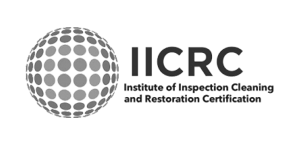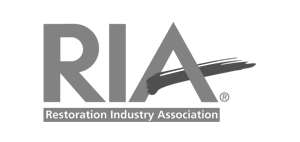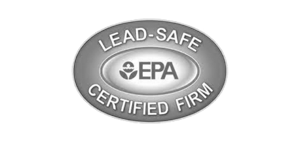When a fire hits a property, it leaves a trail of destruction. The aftermath can feel overwhelming. It’s important to figure out the extent of the damage to start the recovery process.
Assessing fire damage is a key step. It means looking closely at the property to see how much damage was done. This is important for insurance claims, fixing the property, and making sure it’s safe again.
Knowing how to assess fire damage is important for many people. Homeowners, insurance adjusters, and restoration experts all need to understand it. It helps them know what needs to be done to get the property back to normal.
Key Takeaways
- Fire damage assessment is key for recovery and fixing things.
- It involves checking the property to see how much damage there is.
- Understanding how to assess damage is important for many people.
- It helps figure out what needs to be done to fix the property.
- Getting the damage right is important for insurance claims and safety checks.
Understanding Fire Damage Types and Categories
To understand fire damage, it’s key to know the different types and categories. Fire damage isn’t just one thing; it’s many forms that can harm properties and belongings in unique ways.
There are several types of fire damage, each with its own traits and what they mean for assessment and fixing. Knowing these types is vital for a thorough fire damage check.
Structural Damage
Structural damage harms the basic parts of a building, like beams, columns, and walls. This damage can weaken the building’s strength and stability. It’s a major focus in fire damage checks.
A fire damage appraiser looks for signs like cracks in walls, sagging roofs, or weak foundations. The damage’s extent decides if a building can be fixed or if it’s too damaged.
Other fire damage types include surface damage, which affects a property’s inside and outside; material damage, which harms personal items and fixtures; smoke and soot damage, which can harm air quality and leave marks on surfaces; and water and chemical damage, from firefighting efforts.
- Surface damage: Visible destruction on walls, ceilings, and floors.
- Material damage: Harm to personal belongings and property.
- Smoke and soot damage: Impact on air quality and surface residues.
- Water and chemical damage: Damage caused by firefighting measures.
How Do You Assess Fire Damage? A Step-by-Step Process
Assessing fire damage is key to figuring out what needs to be fixed. It helps property owners see how bad the damage is. This way, they can plan the restoration work needed.
First, safety must be ensured. The property must be safe to enter before any assessment. This means checking if the structure is sound, looking out for hazards, and making sure utilities are off if needed.
Step 1: Prioritizing Safety
Keeping safety first is the first step. Wear protective gear like gloves, masks, and hard hats. This protects you from dangers.
Step 2: Documenting Damage
It’s important to document the damage. This is for insurance and to plan the restoration. Take photos and videos, list damaged items, and note the damage to the structure.
Step 3: Assessing Structural Damage
Checking the structure’s integrity is vital. Look for cracks in walls, sagging roofs, and weak foundations. These signs indicate structural damage.
Step 4: Evaluating Smoke and Soot Damage
Smoke and soot can damage more than just the fire area. It’s important to assess this damage. This helps figure out what cleaning and restoration are needed.
Step 5: Determining Water Damage
Water from firefighting can cause more damage. It’s important to know how much water damage there is. This prevents problems like mold growth.
By following these steps, property owners can fully assess fire damage. They can then plan the restoration work needed. Getting professionals to assess the damage can also help find the best restoration strategies.
In conclusion, assessing fire damage is a detailed process. It requires careful attention to many factors. Understanding these steps helps property owners navigate the restoration process better.
Conclusion: Professional Assessment and Recovery Planning
Getting a detailed fire damage assessment is key to a good recovery plan. It makes sure all steps are taken to fix the property. A structural engineer’s report is essential for repairs, insurance claims, and legal actions.
A fire damage checklist helps check all damage aspects, like structure and hazards. This detailed check lets owners make smart restoration choices. It also lowers the chance of more damage or safety risks.
By focusing on professional assessment and planning, owners can handle fire damage restoration well. They can make their property safe and secure again.
Bounce Back with Confidence — Disaster Recovery Services in Cleveland, OH
When disaster strikes, Disaster Recovery Services is your go-to for fast, expert restoration—available 24/7 for water, fire, mold, and storm damage. Contact us today for a free consultation!






